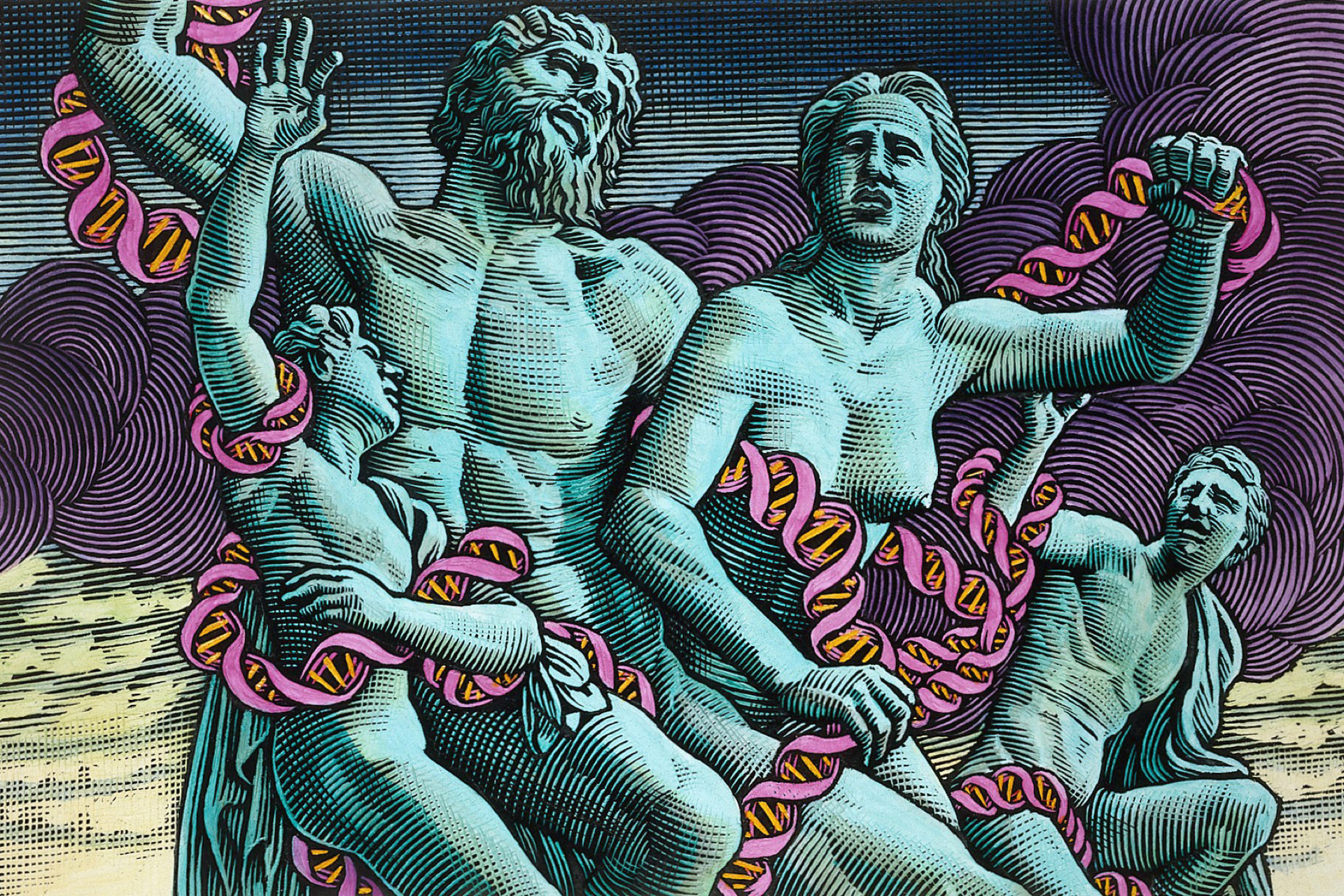| Good Science: The Ethical Choreography of Stem Cell Research
Published by MIT Press ISBN-10: 0262026996, ISBN-13: 978-0262026994 Buy this book from Amazon UK |
 |
The emergence of stem cell research has been one of the most transformative biological advances of the last decade. In 'Good Science', Charis Thompson outlines the ethical back and forth that was often the public face of this rapidly advancing science.
Thompson outlines, with delicate balance, the various ethical viewpoints brought into conflict by the use of stem cells, particularly their generation from embryos and how this conflict played out in policy and society in the USA and elsewhere. She explores the difficulties reconciling pro-life views with the hope of a brighter future that stem cells came to symbolise.
From policy work to individual stories, encompassing early embryonic stem cells to modern induced pluripotent cells and discussing topics as diverse as egg donation, animal testing and models of investment and ownership, Thompson builds the case that good science needs good ethics to fully realise its potential in society.
Throughout the book, Thompson keeps the measured distance of an anthropologist, neither condemning stem cell work nor buying the evangelical hype promoted by the most enthusiastic supporters. She observes that like all technological and scientific advances, there will be pros and cons. Particularly in reproductive technologies, techniques advance so quickly that they can become obsolete before we have time to fully assess them. The rush from embryonic stem cells to induced pluripotent cells and the brief detours around somatic nuclear transfer cloning is a case in point.
The take home message I got is that stem cells, like other previous medical and reproductive technologies, have served as a vehicle for different groups to advance their own viewpoints. Good science isn't divorced from these conflicts but part of it: good science is enabled by a strong ethical framework and vice versa. Covering two presidencies and the global financial crisis, we see the shift from the ideological restrictions of the Bush administration to the pragmatism of Obama. Both appeal to an inherent benefit involved in scientific advancement (exemplified on a sub-national scale by California) and the risk of the US falling behind other nations. This is nicely mirrored by reference to the UK's Human Fertilisation and Embryology Authority and an in-depth look at the policy framework of Singapore and South Korea, which come with their own ethical and cultural controversies.
I think that the frustration I had with 'Good Science' is that I never felt like I was completely getting into the personal ethics behind it. Thompson isn't a scientist but instead comes from a feminist humanities tradition. This, potentially refreshing, perspective is something that I wanted to see more of. The feminist ethics of egg donation, for example, are not something I have previously considered, yet the brief discussion of it made me wish this personal, ethical dimension could have been explored more fully.
I suppose a book covering over twelve years, several states, multiple countries, and a range of cutting-edge technologies - while trying to layout a framework for an ethical policy that maximises the benefits of this new technology- could never give the in-depth look into all the issues that piqued my interest. But as a primer on the maelstrom of ethical issues surrounding these complex reproductive technologies, 'Good Science' is a great way to learn the initial moves.
Buy Good Science: The Ethical Choreography of Stem Cell Research from Amazon UK.







Leave a Reply
You must be logged in to post a comment.